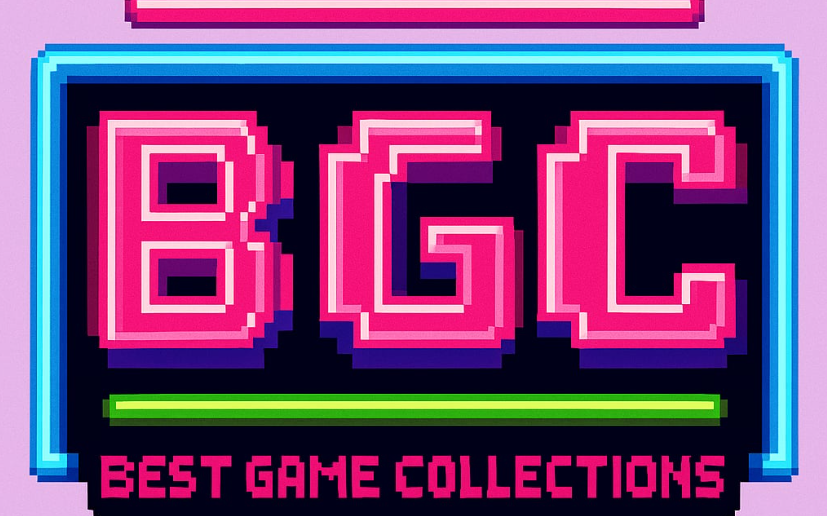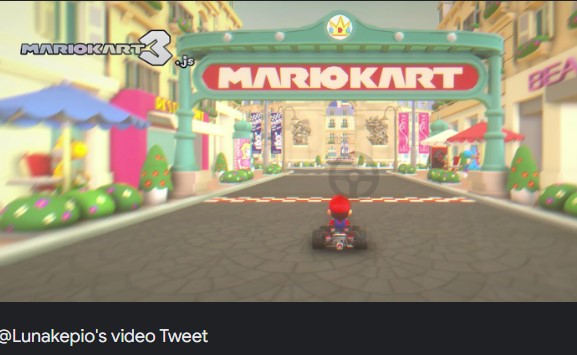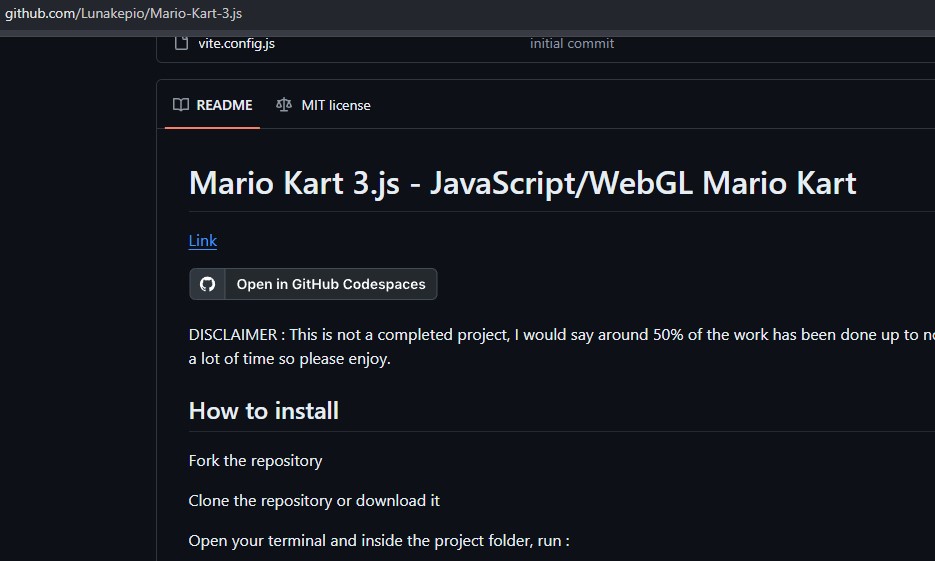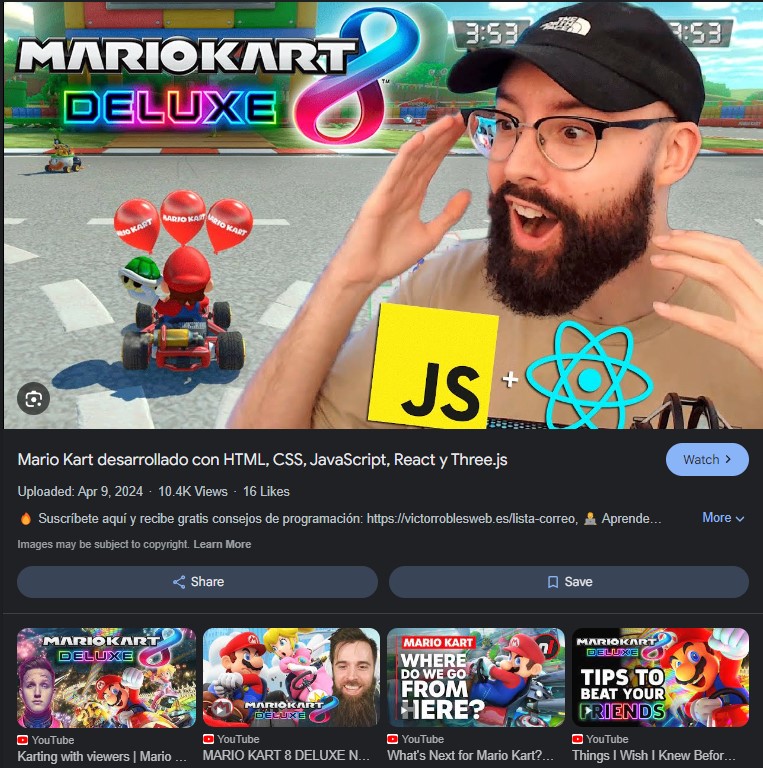Gather around, retro gamers! It’s time to talk about a thrilling mix of gaming and coding: playing Mario Kart right in your browser thanks to JavaScript. This unofficial version combines classic Mario Kart fun with modern web tools like JavaScript, React, and ThreeJS, and it’s sure to get your heart racing faster than a red shell chasing Luigi.
First things first: this isn’t an official Nintendo release. It’s a fan-made version built by dedicated developers using today’s web technology. What they’ve done with JavaScript is amazing. Who would’ve thought back in the NES days that we’d someday play a racing game that feels like the SNES classic, just by opening a browser and running a few lines of code?
JavaScript: The Unexpected Hero
When you think of game development, you probably picture Unity, Unreal Engine, or Phaser. Game developers built those powerful tools specifically for creating games. That’s exactly why this browser-based Mario Kart grabs attention: it uses JavaScript, React, and ThreeJS to deliver something impressive—even if it’s not the full game. It clearly shows what a browser can handle.
React lets you build web interfaces, and ThreeJS handles 3D graphics in JavaScript. You don’t often see them power games, but React-three-fiber (which connects React and ThreeJS) makes it possible. With this combination, developers can build interactive, eye-catching projects right in the browser. Watching these tools recreate the feel of Mario Kart blows your mind.
The Retro Thrill Meets Modern Skill
This project stands out because it honors the original so well. Developers tuned the simpler graphics for browser speed, but they still capture that SNES look instantly. From the curved tracks to the sprites zipping by, it feels like a fun throwback. Racing through colorful tracks, drifting around corners, and dodging obstacles in your browser thrills any retro fan.
Although the project aims for easy access, you’ll need some programming knowledge to get the most out of it. It doesn’t work with a simple “click start and play” setup. Exploring the GitHub repository and tinkering with the code adds to the fun. If you love JavaScript or just want to see how things run under the hood, you’ll find this project a goldmine.
Racing Towards a New Horizon
This JavaScript-based Mario Kart shows that the line between classic game nostalgia and modern tech is thinner than ever. Projects like this bring a special kind of joy—nostalgic yet futuristic at the same time. They prove how flexible web tools have become and how much passion is still behind retro games. Fans can keep favorite games alive and fresh by building new versions.
So fire up your engines, warm up your coding skills, and dive into a world where retro and modern meet! Whether you’re remembering epic races on Rainbow Road or seeing how clever coding can recreate a classic, this browser-based Mario Kart is a ride you don’t want to miss.
Game on, gamers! With JavaScript and gaming together, who knows what the next wave of browser nostalgia will bring? For now, we can race, drift, and enjoy a future where classics never truly fade—they just get refreshed and brought back to life.



